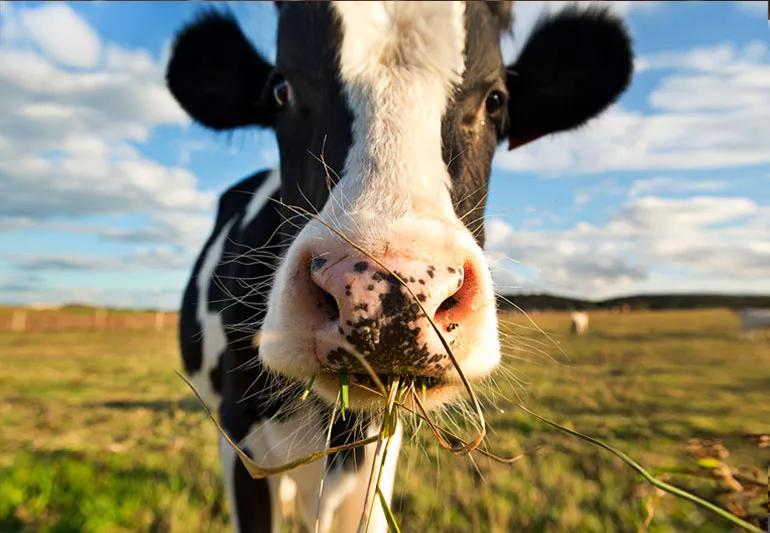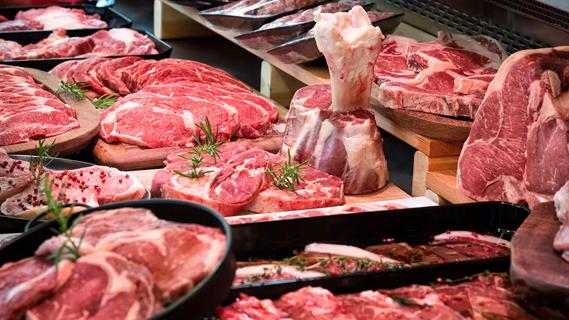What you buy can affect your health, and the environment too

You may notice different labels — and prices — in the meat department of the grocery store. Grass-fed and organic items are frequently praised for being more “healthy,” but what exactly is the difference?
Advertisement
Cleveland Clinic is a non-profit academic medical center. Advertising on our site helps support our mission. We do not endorse non-Cleveland Clinic products or services. Policy
First, it is important to consider the food and treatment of the cattle that you are eventually consuming. Animals from factory farms are not only living in poor conditions, but are also more prone to diseases spread from feed pumped with antibiotics to aid in increase of fat on the body. In addition, many of these farms contribute to climate change with use of fertilizers and chemicals that pollute both the land and water sources.
“The alternative to factory-farm meat — grass-fed meat — is not just better for the environment and better for the animals, but better for you, too,” Functional Medicine Director Mark Hyman, MD, weighs in.
Grass-fed meat is so nutritionally superior to factory-farmed meat that it is practically a different food.
In a 2015 study conducted by Consumer Reports comparing 300 conventional and grass-fed meat samples, researchers discovered “18% of the conventional beef samples were contaminated with superbugs — the hazardous bacteria that are resistant to three or more classes of antibiotics — compared with just 6% of grass-fed beef samples, and 9% of samples that were organic or raised without antibiotics.”
Look for labels on meats that are certified by the American Grassfed Association (AGA). This ensures:
Advertisement
The second best option to AGA is meat certified organic by the USDA. Though USDA standards are lesser than AGA, they are much higher than those set for conventional meat, with prices comparable to conventional meat. When you see the USDA label, you are promised:
If you are in search for meat that is humanely produced and sustainable, look for these labels on packaging:
This article is adapted from Dr. Hyman’s book “What the Heck Should I Eat?” (© 2018, Hyman Enterprises, LLC)
Advertisement
Learn more about our editorial process.
Advertisement

Simple swaps improve a comfort food staple.

Simple swaps improve a comfort food staple.

It has nutrients your body needs, but it also comes with some serious health risks

Packed with iron, vitamin A and protein, beef liver provides a healthy low-calorie meat option

Organ meat is packed with nutrients, but it’s not good for everyone

They’re classified as carcinogenic because of their link to cancer

Keep these tips in mind during hunting season

Type 2 diabetes isn’t inevitable with these dietary changes

Applying a hot or cold compress can help with pain